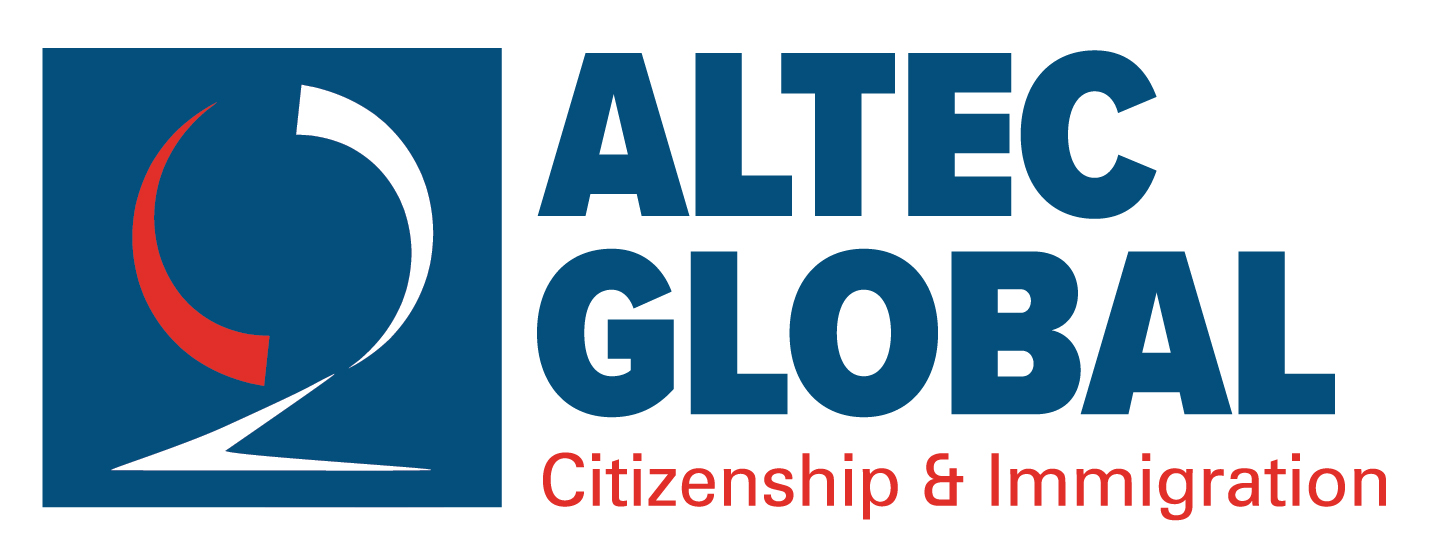Significant changes to Canada’s Labour Market Impact Assessment (LMIA) rules came into effect on September 26, 2024, directly impacting the Temporary Foreign Worker (TFW) Program. These adjustments represent a key part of the government’s effort to prioritize Canadian workers, especially in regions with high unemployment rates, while maintaining flexibility for critical sectors.
What Are the Key Changes?
Here are the major updates that employers and foreign workers need to be aware of:
Suspension of LMIAs in High Unemployment Areas The government has suspended processing LMIA applications in census metropolitan areas with unemployment rates of 6% or higher, particularly for low-wage positions. This aims to reduce reliance on foreign workers and encourage local employment. However, to maintain stability in these essential sectors, certain critical industries, such as agriculture, food processing, fish processing, construction, and healthcare, will be exempt from this rule.
10% Cap on Foreign Workers Employers can hire only up to 10% of their workforce through the TFW Program, a decrease from the previous 20%. Again, exceptions exist for industries like agriculture and healthcare, where foreign labor plays a crucial role.
Reduced Employment Duration Workers hired under the low-wage stream of the TFW Program will now have their employment capped at one year, down from the previous maximum of two years.
These changes were first announced in August 2024 and have now been fully implemented, targeting areas where the Canadian workforce can take precedence, while still allowing vital industries to continue utilizing foreign labor where necessary.
Previous Steps to Strengthen Program Integrity
The latest adjustments come on the heels of previous reforms introduced in early August to curb LMIA misuse and fraud. Key measures included stricter oversight of employers, tighter enforcement of workforce caps, and increased LMIA fees to discourage non-serious applications. Additionally, there has been a rise in monitoring and inspections in high-risk regions and industries.
Why These Changes Matter
With Canada’s unemployment rate at 6.6% as of August 2024, these rules underscore the government’s commitment to ensuring that the TFW Program functions as intended — to address genuine labor shortages when Canadian workers are unavailable. Employers need to adapt to these changes while ensuring compliance with the evolving rules.
What’s Next?
Further review of the TFW Program is expected within the next 60 days, which may result in additional changes, particularly in the high-wage stream and sector-specific regulations. Employers should stay informed and prepared for any new developments.
At Altec Global Inc., we understand that navigating immigration policies can be complex, especially with changes like these. If you’re impacted by these LMIA rule changes or have questions about how they affect your business or foreign worker recruitment, our team is here to assist you on your immigration journey. Click me to book your consultations.


Recent Comments